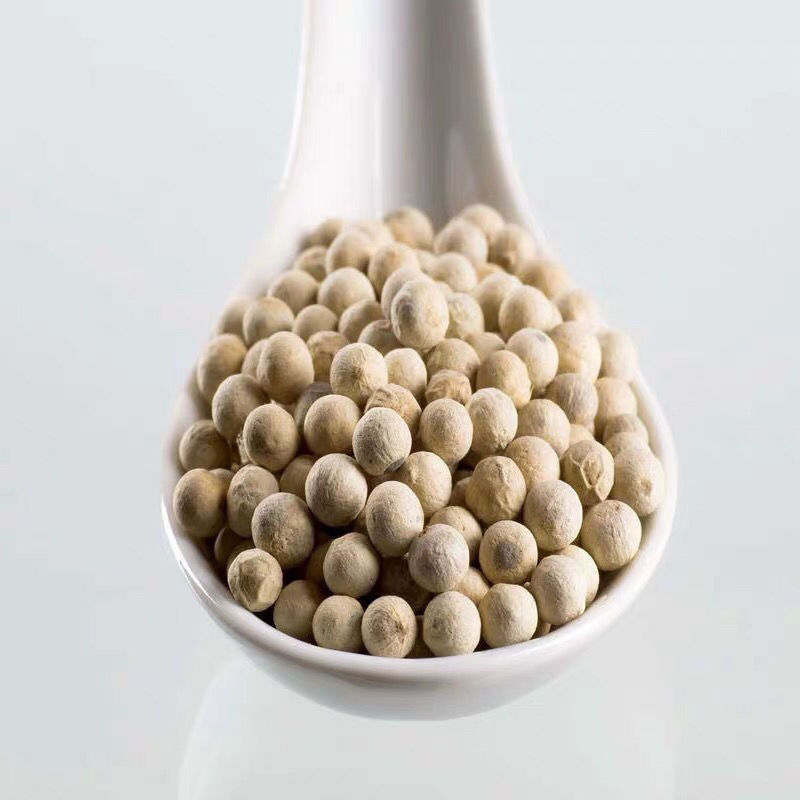White pepper comes from the same plant as black pepper (Piper nigrum), but it is processed differently, resulting in a distinct color, flavor, and aroma. Here are some key points about white pepper:

1.Processing: Both black and white pepper come from the berries of the pepper plant. White pepper is derived from fully ripe pepper berries. The outer layer of the ripe berries is removed through a process that involves soaking, rubbing, or mechanical removal, leaving only the inner seed.
2.Color and Appearance: White pepper has a light color, ranging from pale cream to light tan, compared to the dark brown to black color of black pepper. It is available as whole peppercorns or ground powder.
3.Flavor Profile: White pepper has a milder and slightly different flavor compared to black pepper. It is often described as having a more earthy and less pungent taste. The removal of the outer layer also eliminates some of the aromatic compounds found in black pepper.
4.Culinary Uses: White pepper is commonly used in dishes where the dark color of black pepper is undesirable, such as in light-colored sauces, mashed potatoes, cream-based soups, and certain seafood dishes. It is a versatile spice used in a variety of cuisines around the world.
5.Heat Level: While white pepper is milder than black pepper, it still adds a bit of heat to dishes. The heat is more subtle and less immediate compared to black pepper.
6.Storage: Like black pepper, white pepper should be stored in a cool, dark place in an airtight container to preserve its flavor and potency.
7.Substitution: White pepper can be used as a substitute for black pepper in recipes if you want to maintain a light color. Keep in mind that the flavor profile is different, so it might alter the taste of the dish slightly.
Both black and white pepper are popular spices used in a variety of culinary applications, and the choice between them often depends on the desired color, flavor, and aroma for a particular dish.